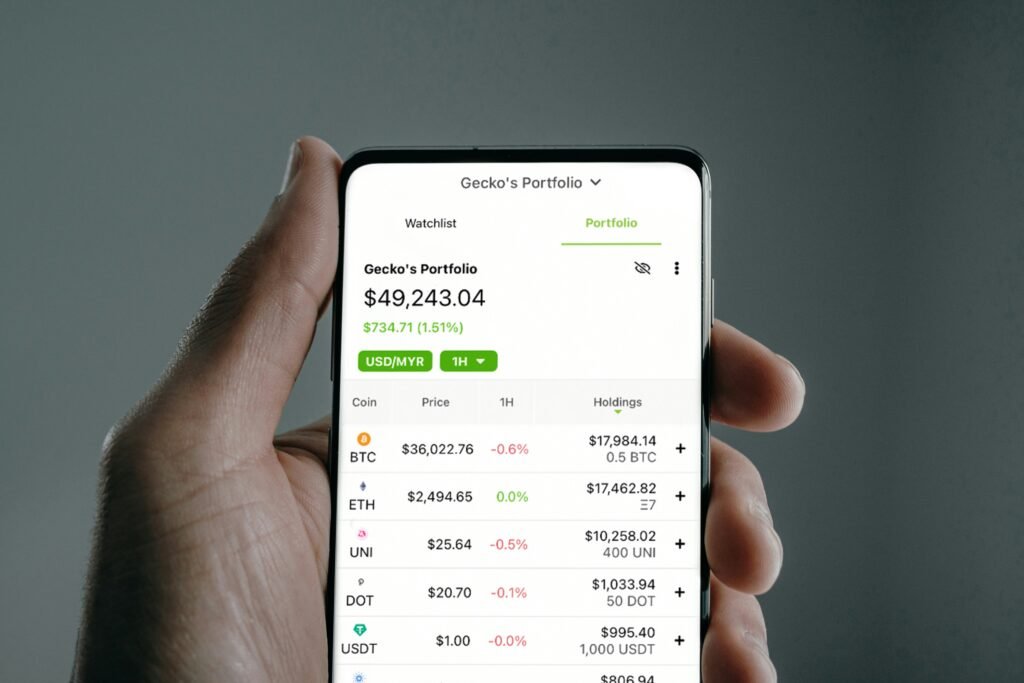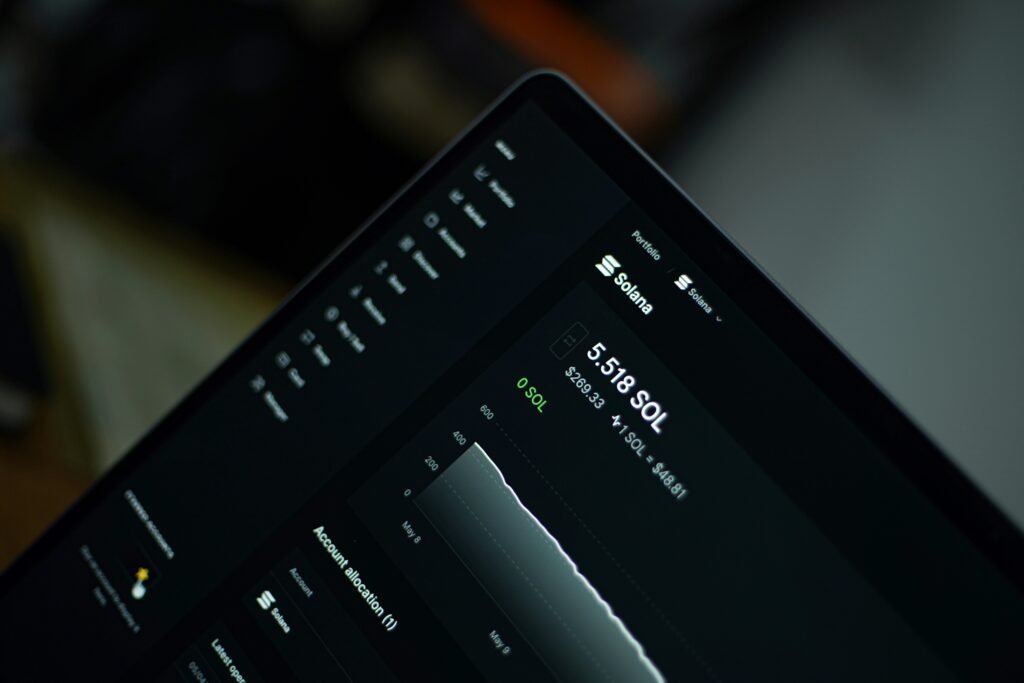Solana’s new Alpenglow upgrade is putting the blockchain back in bright focus. With support from over 99% of Solana validators, the update is designed to reduce transaction finality to roughly 150 milliseconds—a game-changing leap for blockchain efficiency. The upgrade is already making waves among institutional traders and DeFi stakeholders, fueling analyst expectations of SOL hitting a price of $215 by September and even soaring to $250 by the end of 2025.
Shawn Young, a lead researcher at MEXC Research, predicts that the Alpenglow upgrade could take Solana from being a speculative digital asset to becoming foundational capital markets infrastructure—completely redefining its role across DeFi and institutional finance.
Let’s break down what this upgrade means, when it matters, how it works, and why analysts believe it could spark the next big SOL rally.
Solana validators greenlight the ultra-speed Alpenglow upgrade
Over 99% of Solana validators have agreed to implement the Alpenglow upgrade, dramatically reducing transaction finality from seconds to around 150 milliseconds. That time savings isn’t just faster—it’s faster than many traditional finance systems and even some mainstream web services.
By reducing latency, Solana now positions itself as a blockchain capable of supporting use cases that demand high responsiveness: algorithmic trading, derivatives activity, decentralized exchanges (DEXs), and real-time DeFi interactions. In short, Solana is playing at the institutional level now—and the validator vote signals broad community confidence in this vision.
Institutional adoption hinges on performance and speed
Why does reducing finality matter so much? Because Wall Street and institutional users have zero patience for slow transaction times. To gain serious traction beyond crypto-native traders, Solana must show it can power high-frequency use cases.
With institutional adoption potentially tied to ETF approvals and treasury participation, upgrades like Alpenglow serve as milestone achievements. Fast, secure execution makes Solana more likely to be seen as credible capital markets infrastructure, opening the door to exchange-traded funds, asset tokenization, and automated portfolio rebalancing by funds.
SOL price targets tied to staking and ETF ripple effects
Analyst Shawn Young has pegged SOL’s potential at $215 by September, but he sees an even more bullish case building in Q4 2025. If ETF approvals arrive and institutional adoption gains strength, SOL could spike to $250 before the year ends.
However, the road isn’t entirely frictionless. Staking constraints remain a fundamental issue, potentially limiting supply flexibility. While that encourages long-term holding and network security, it may also affect liquidity. Regulatory developments will play a major role too—if jurisdictions fast-track ETFs linked to Solana, that could accelerate adoption and inflows.
From DeFi playground to capital markets infrastructure
Solana’s transition isn’t just technical—it’s strategic. Alpenglow transforms the chain from a high-performance playground for NFTs and gaming into a serious player in capital markets infrastructure. If the upgrade delivers on speed and adoption, we could see a future where Solana doesn’t just host DeFi—it powers the backend of financial services globally.
This new role means partnerships with major financial institutions, integrations with settlement systems, and growing confidence from asset managers looking to deploy on-chain strategies with enterprise-grade reliability.
Regulatory developments are the wild card
It’s not just technology or price targets holding the keys to SOL’s future. Regulatory clarity will be crucial, particularly around ETFs and institutional crypto use. Jurisdictions like the U.S., Europe, and Asia are actively exploring frameworks that could either bolster or restrict Solana’s growth.
ETF approval doesn’t just represent investor inflow—it signals validation from financial authorities. If Solana finds itself included in institutional portfolios through regulated products, its position as part of the global investing landscape could be locked in.
What comes next for the Alpenglow upgrade?
Here’s what we’ll be watching:
- Widespread adoption and stability of the Alpenglow upgrade in real-world network conditions.
- ETF developments, especially in the U.S. and Europe, that could bring massive capital to Solana-based products.
- Institutional staking and DeFi activity ramping up due to faster finality and increased chain confidence.
The next few months might define whether Solana stays a layer-one competitor or evolves into a pillar of blockchain-powered finance globally.
Frequently asked questions about Alpenglow upgrade (Solana blockchain) (FAQ)
What is the Alpenglow upgrade on Solana?
The Alpenglow upgrade is a significant enhancement to the Solana blockchain, reducing transaction finality to about 150 milliseconds. It aims to improve network speed, scalability, and readiness for institutional use cases.
Why is transaction finality of ~150 milliseconds important?
Fast finality enables real-time applications such as high-frequency trading, seamless DeFi execution, and reliable infrastructure for capital market automation. It’s a massive leap compared to previous blockchain speeds.
Who is Shawn Young and why does his opinion matter?
Shawn Young is a prominent analyst at MEXC Research. His insights carry weight due to his track record of accurate crypto market predictions and deep understanding of institutional finance.
What are the SOL price predictions connected to this upgrade?
Analysts forecast SOL could reach $215 in September and potentially climb as high as $250 by year-end, assuming ETF approvals and increased institutional activity.
Is institutional adoption guaranteed with this upgrade?
Not guaranteed, but more likely. The Alpenglow upgrade removes one of the key performance hurdles for institutions considering on-chain strategies, especially if supported by regulatory clarity and ETF greenlights.
Sources to this article
Young, S. (2025). Solana Alpenglow Upgrade Could Propel SOL to $250 By Year-End: Analyst. MEXC Research.
Solana Foundation (2025). Validator Governance Voting Reports. Retrieved from https://solana.com.
CoinDesk (2024). What Institutional Investors Need from Next-Gen Blockchains. Retrieved from https://coindesk.com.
SEC Filings & Crypto ETF Proposals (2025). U.S. Securities and Exchange Commission. Available at https://sec.gov.
BlockAI. (2025). Journalist at DefiDonkey.com covering Solana, ETFs, and blockchain infrastructure news.



